Many of our clients have been affected by the wildfire in Pacific Palisades, as well as those in Hidden Hills and Altadena. Some have lost their homes, others are still evacuated. It’s a tragedy to see entire neighborhoods wiped off the map. Neighborhoods I frequent, where Gardenerd provides services.
With all the smoke, ash, and debris flying through the air, the big question coming up now is “Are my vegetables safe to eat?” Today’s post sets out to answer that question.
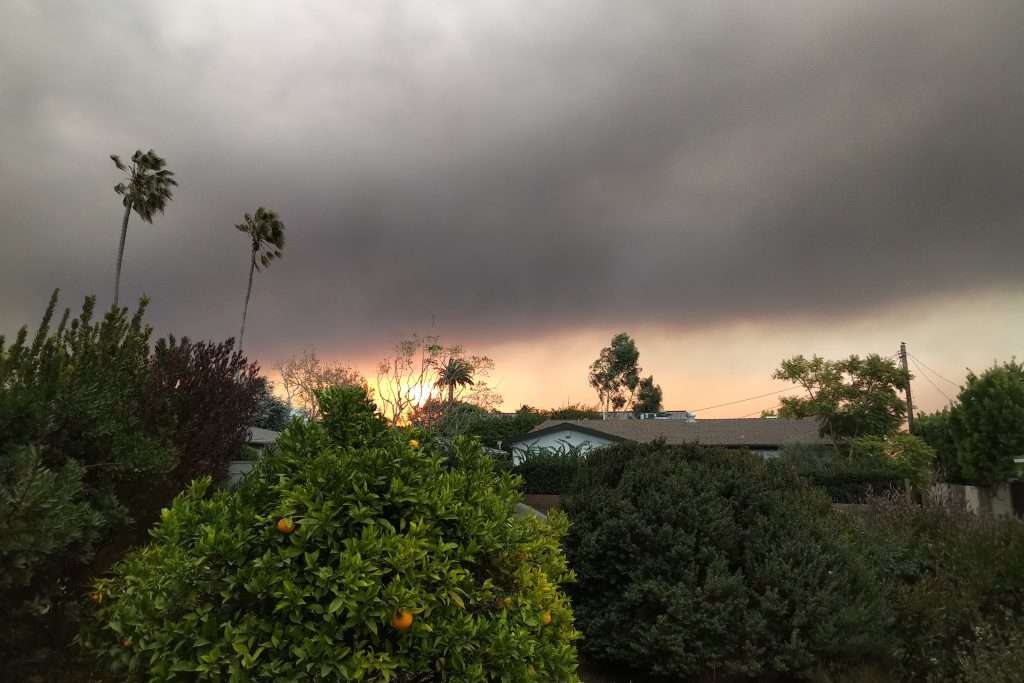
What We Know About Wildfire Smoke
Air quality ratings are based on regular-old car exhaust and environmental pollutants of every day life. Wildfire smoke is no ordinary pollutant. It contains all the chemicals from fire retardants, melted household appliances, burned plastics, and immolated cars. It contains vaporized home building materials. None of these are good for our lungs or our gardens.
That said, I put in a call to the folks at Wallace Laboratories, the company we use for soil testing (including heavy metals) here at Gardenerd. They have a vast amount of experience testing soils after natural disasters, and here’s what they had to say:
Fire Retardants
If your area was doused with fire retardants, be aware that they contain chromium and cadmium. Wallace Labs said it is essentially “impure ammonium phosphate”, and while ammonium phosphate is a fertilizer, there are additional harmful ingredients in the retardants that negate any benefits. They suggest removing the soil surface (scraping off the retardants) and hauling that contaminated soil away.
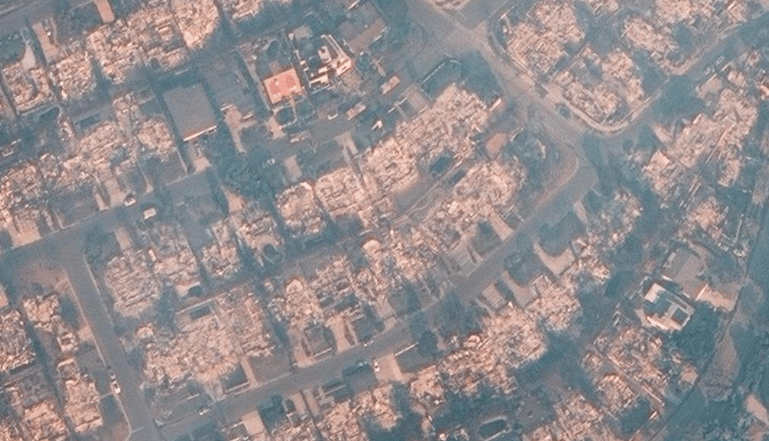
Houses That Burned Down
Land upon which houses burned down will have to undergo remediation to some degree before becoming suitable again for planting. Clean up is usually done by a company certified to do that kind of hazardous removal of building materials and contaminated soils. You can find more about phytoremediation and clean up protocols here.
Peripheral Areas Around a Wildfire
Most of us experienced ash falling from the sky. Wallace Labs suggested that they have found ash from wildfires (when natural materials are involved) to be generally harmless. It can adjust soil pH slightly (ash makes soils more alkaline, which we do not need here in SoCal), but will wash away and flush out of soils when watered well. Ash from the above-mentioned contaminants are more hazardous, but even then, most will wash away or flush out of well-draining soils.
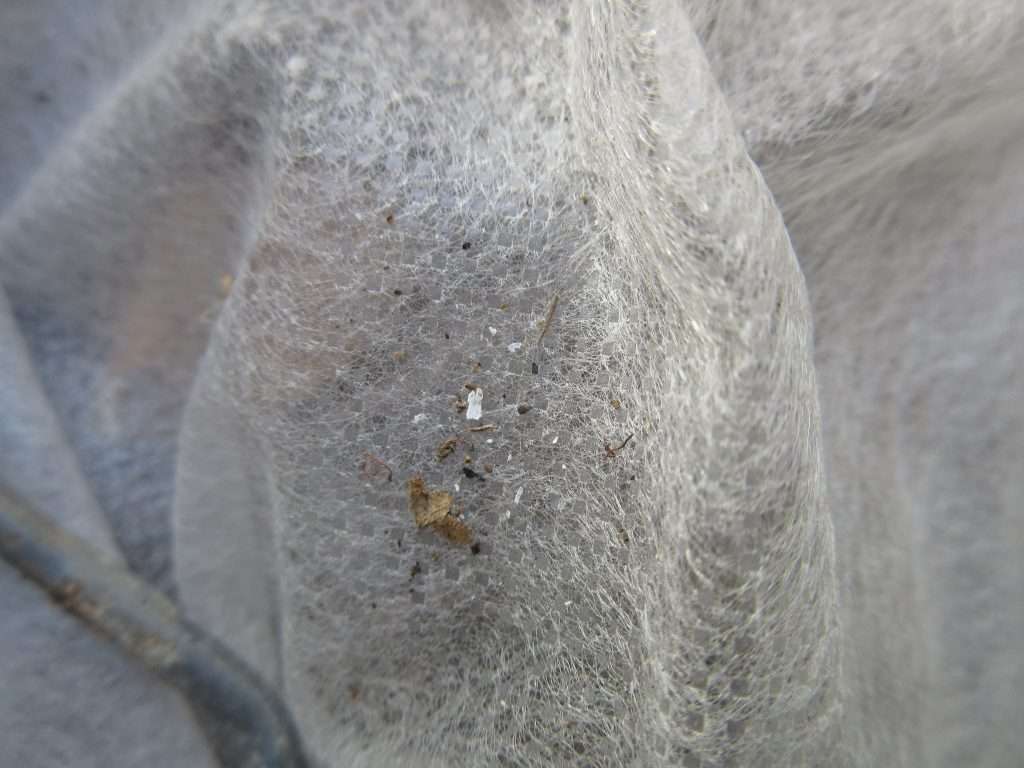
Here at Gardenerd HQ, we covered our beds in floating row cover (shown above) and noticed a LOT of ash on the fabric last week. We carefully lifted the covers (while masked) and saw that even underneath, there was a fair amount of ash on plants. I asked Wallace Labs if the right thing to do is to hose everything off and water well. They said yes.
Bottom Line: Water Everything!
Now is a good time to overhead-water your plants to remove ash and pollutants from the leaves and help flush the soil. Keep watering until you stop seeing ash falling from the sky. That’s the most you can do at this stage.
If you feel nervous about using that soil or those veggies, soak your harvest in a bucket of water with some veggie wash spray for 20-30 minutes before storing or using them. Wallace Labs did not recommend removing topsoil but if you feel like you need to do that, go for it.
Update: Watch this 2019 1-hour presentation from UCCE Sonoma about a 2-year study on the affects of the residues of smoke on plants and backyard animals. Test results start around 20:00 in. The presentation generally confirms what I’ve reported on above. Thank you Sarah Spitz for sending this along.
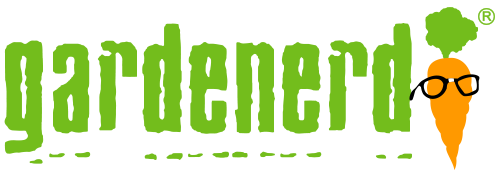
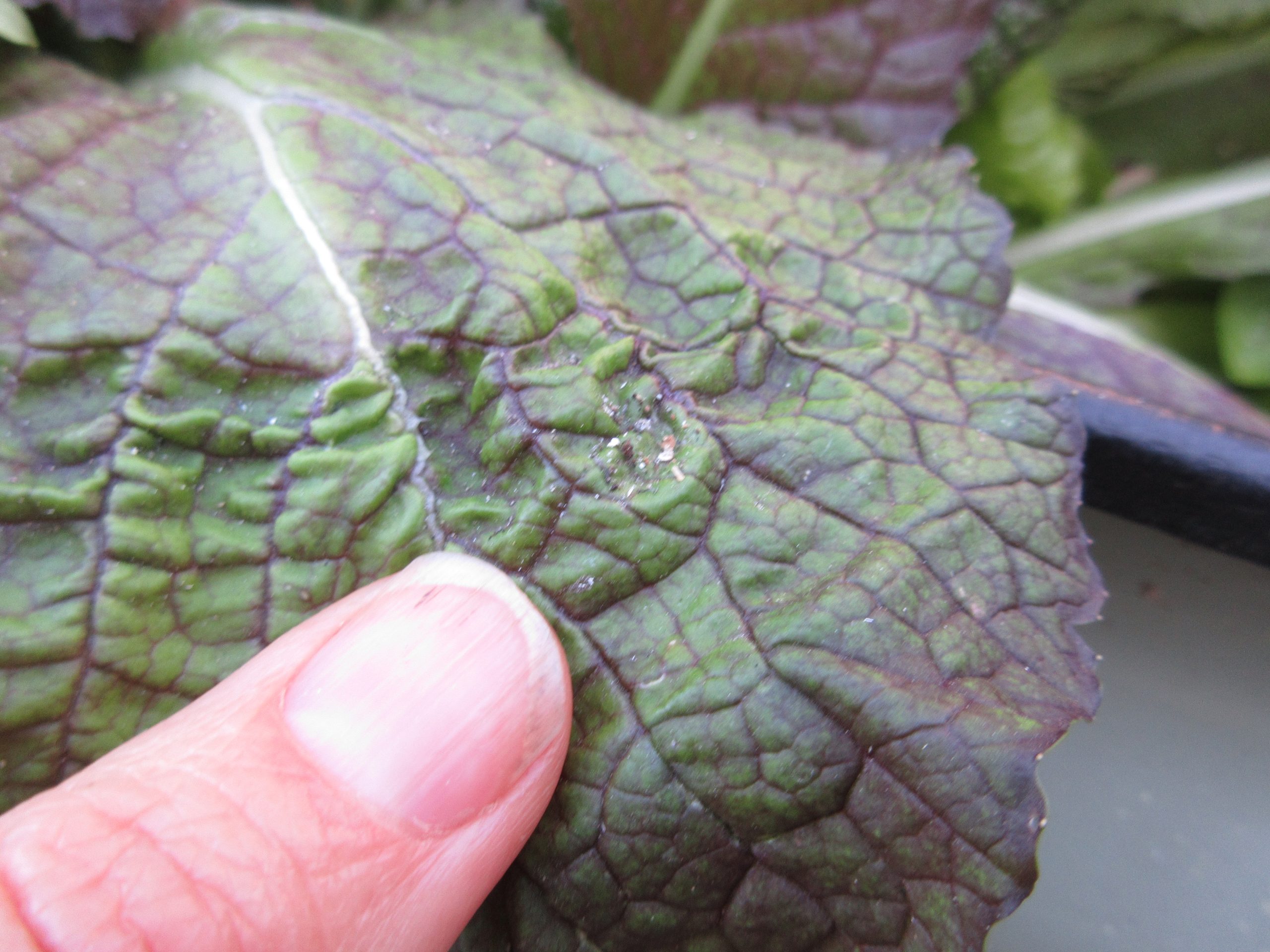
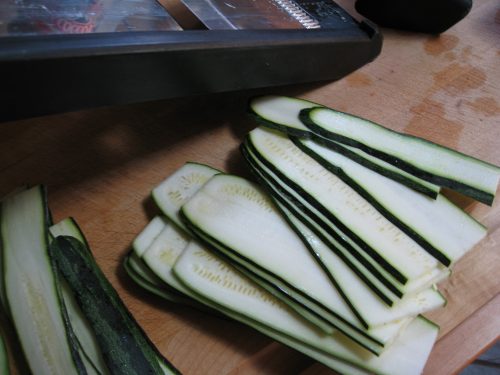
Valuable information – Thank You. Will pass it on